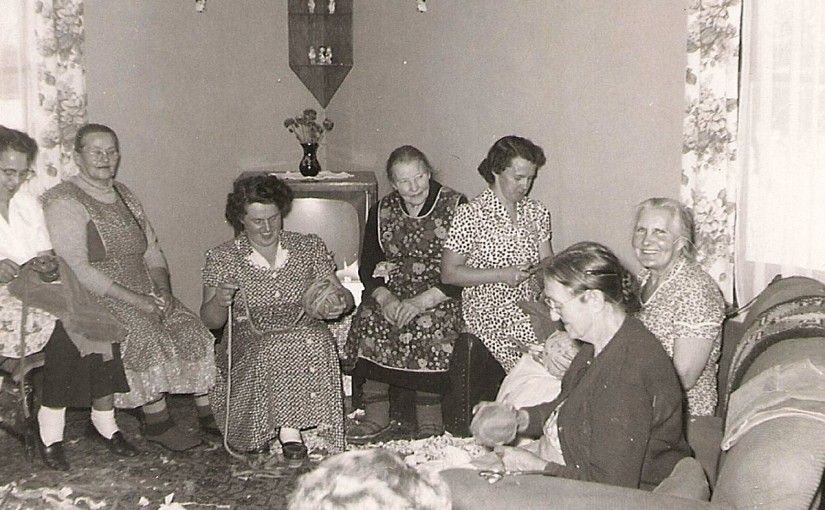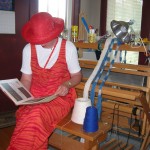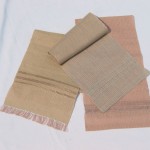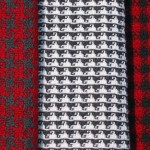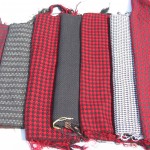Pictured above: A Rag Cutting Bee at the Puotinen farmhouse.
A Finnish American Tradition
Like many Finnish-American families living in the U.P., the Puotinen women wove rag rugs on the family loom. According to Yvonne R. Lockwood, Finnish American weavers were prevalent in the U.P., especially the western U.P. where the Puotinen Farm was located. For her ethnographic study in Finnish American Rag Rugs: Art, Tradition and Ethnic Continuity, she met with and interviewed over 100 weavers who were first, second and third generation Finns living in the U.P.. She explored how these weavers used rag rug weaving to maintain and pass on their Finnish heritage.
Weaving restores a sense of order and control in times of despair. There is nothing quite as satisfying as pounding a rug to relieve frustration and anger (Lockwood, 171).
Yes! Just like Grandma Ines, banging on her loom.
Judy and Art provide background on the family loom as they prepare to bring it inside the farmhouse.
The first weaver at the Puotinen Farm was Johanna. When Ines married into the family in 1940, she helped Johanna by setting up the warp and by gathering with other family members and friends to pull apart old clothes and cut up strips of cloth for the weft at rag cutting bees. Later, when Johanna got sick, Ines began weaving and banging on the loom, with the help of Kully. She wove rugs for many Amasa community members. She stopped weaving in the 1960s when she got a job working for a gas company in Crystal Falls.
Marji Puotinen
Although Judy had been “actively interested” in weaving for over twenty-five years, she never witnessed Johanna, Ines, or any family or community member weaving on the family loom. Unlike many weavers who learned through watching and helping older family members, Judy became a weaver by returning to school in the late 1990s. She earned a BFA in fiber arts, with an emphasis in weaving. She did not weave rag rugs or use the family loom, a four harness Union loom from the 1920s. Instead she wove cloth on a new, eight-harness Schacht floor loom.
In the years just before the Farm was sold (2004) and Judy was diagnosed with pancreatic cancer (2005), she became an accomplished fiber artist. She hoped to have an art studio at the Farm, where she could get the family loom working again and do other fiber/surface design work. It never happened. She died in 2009. Her loom was donated to Finlandia University (formerly Suomi College), where she had earned her BFA in 2000.
Judy, Fiber Artist
Continuing the Tradition?
I am not a weaver of cloth or of rugs. But I do weave words, memories and story fragments. In this way, I am imagining myself as honoring the tradition of Puotinen women weavers. Am I continuing the weaving tradition? I am not sure. My hope is that by remembering it through storytelling I can inspire others, like my daughter Rosie, or nieces Isabel, Sylvia or April, to explore weaving.
